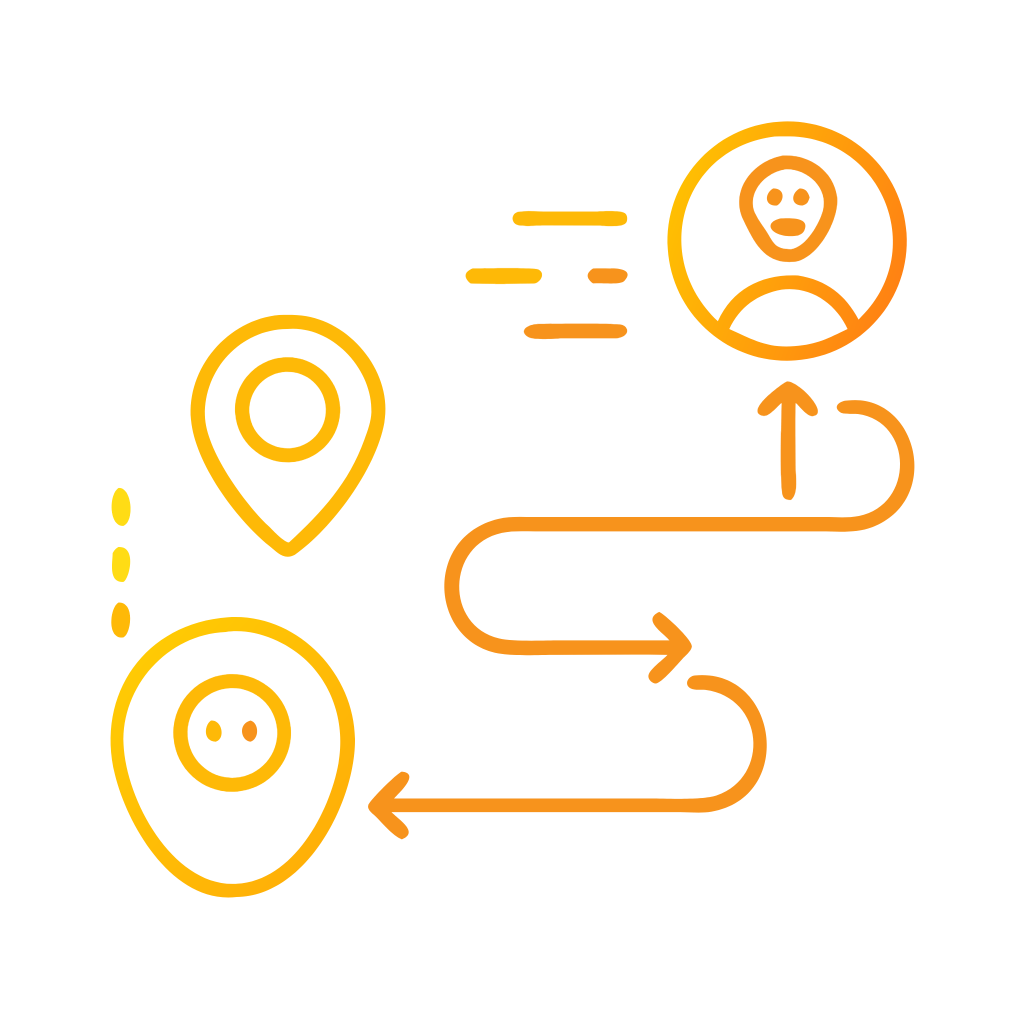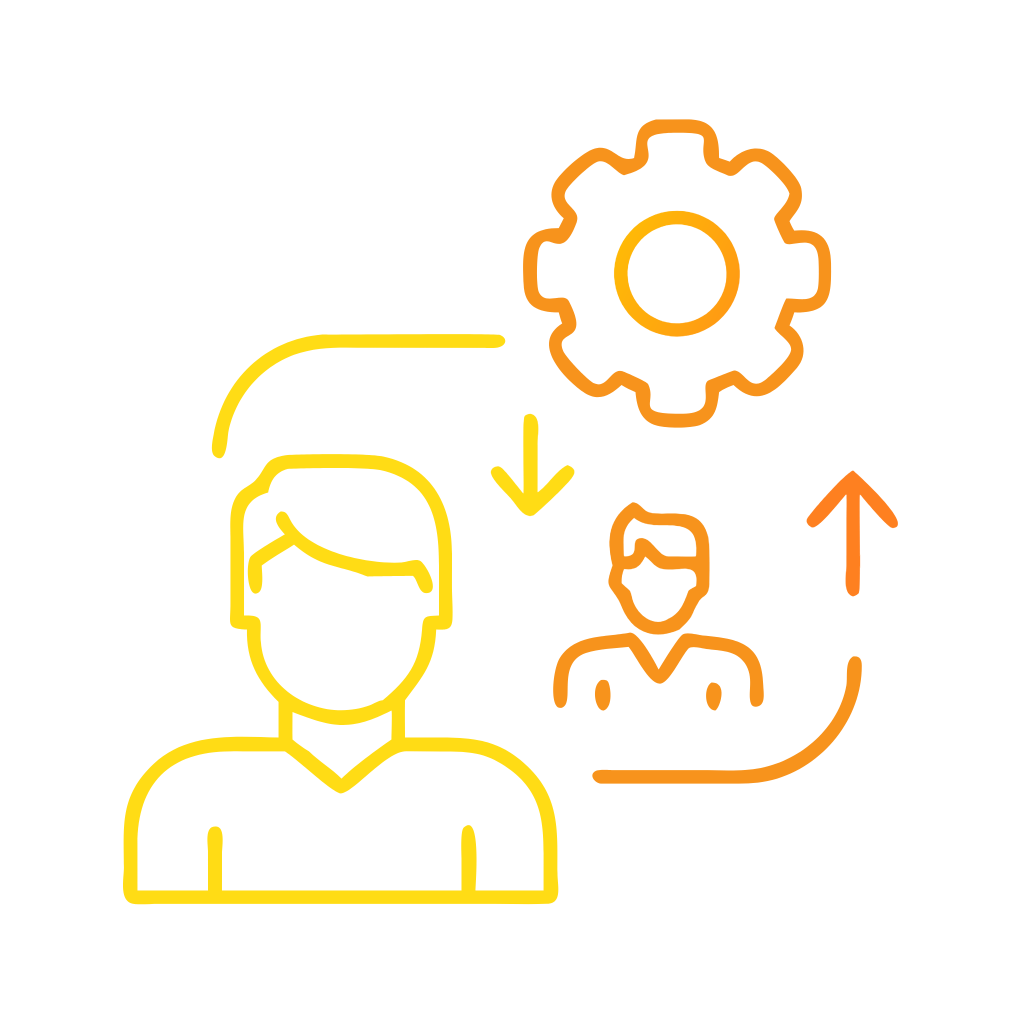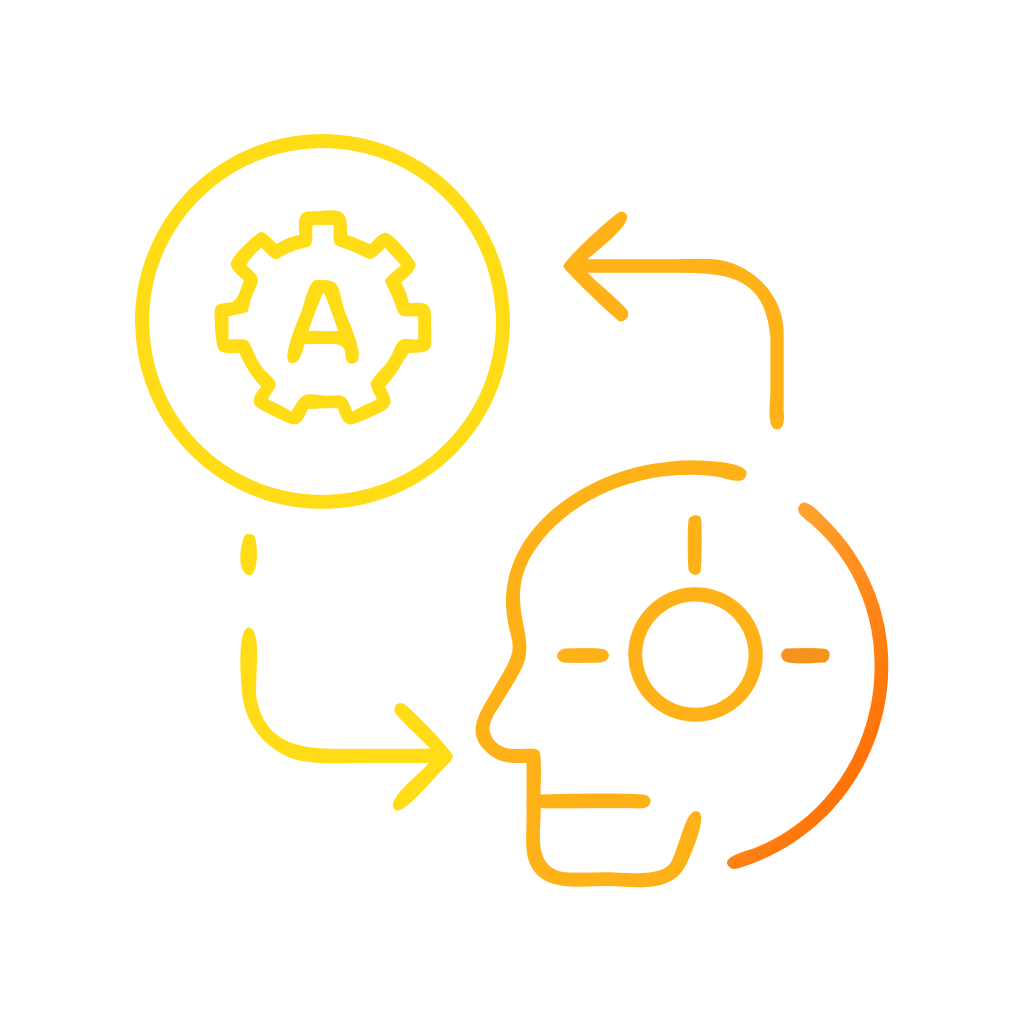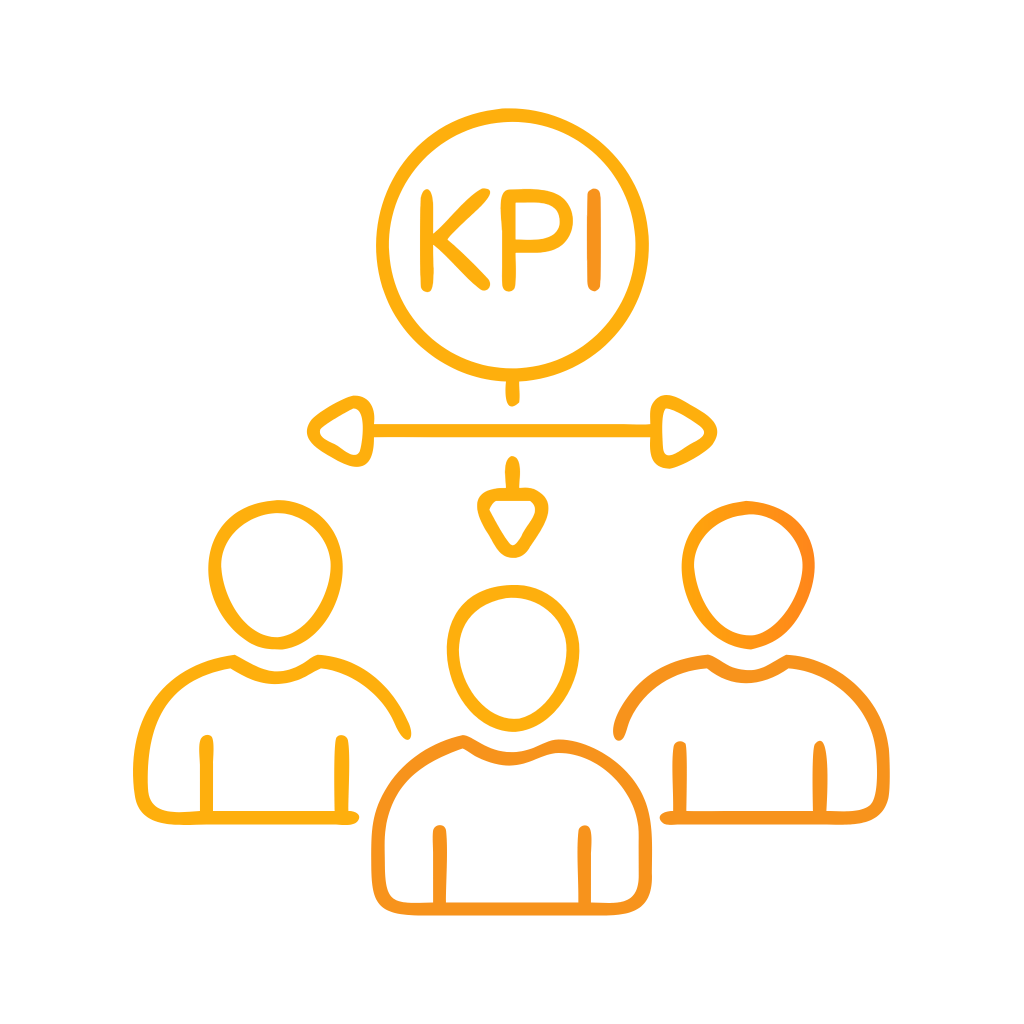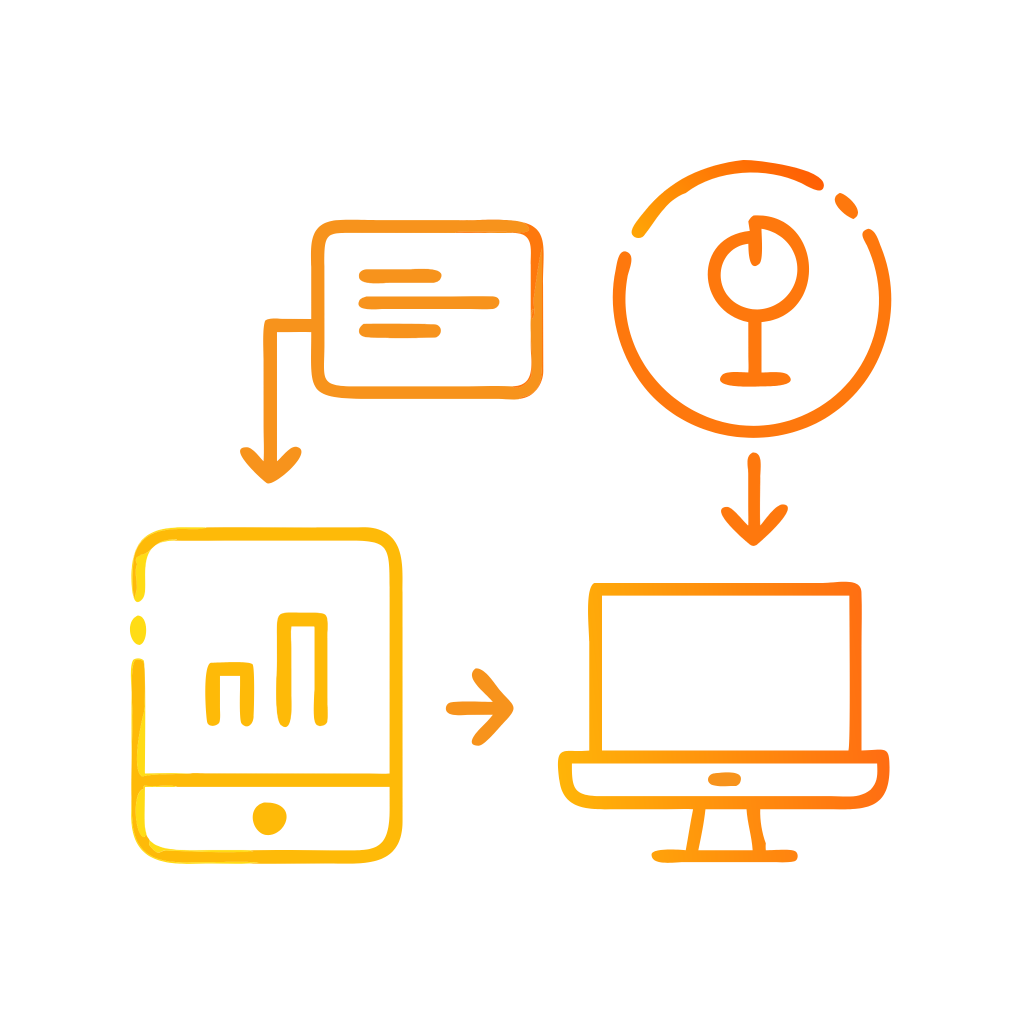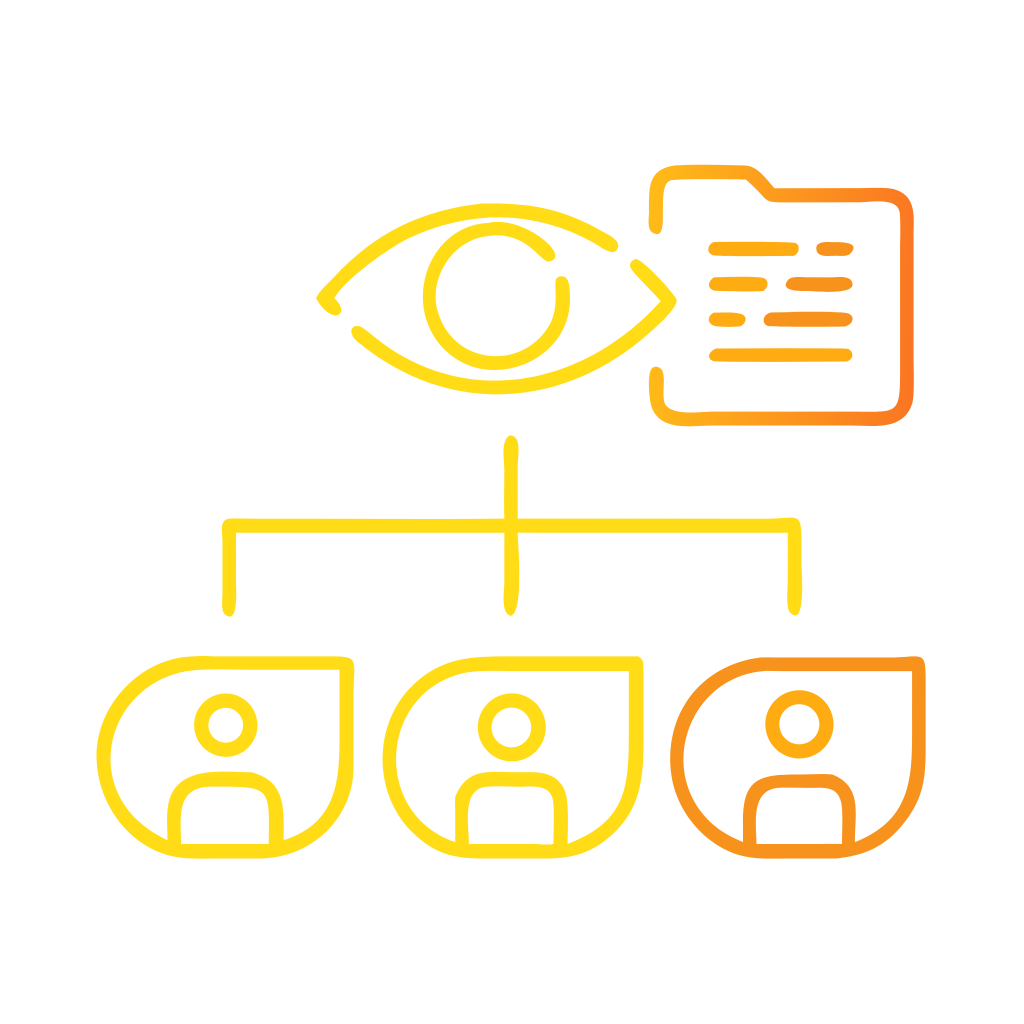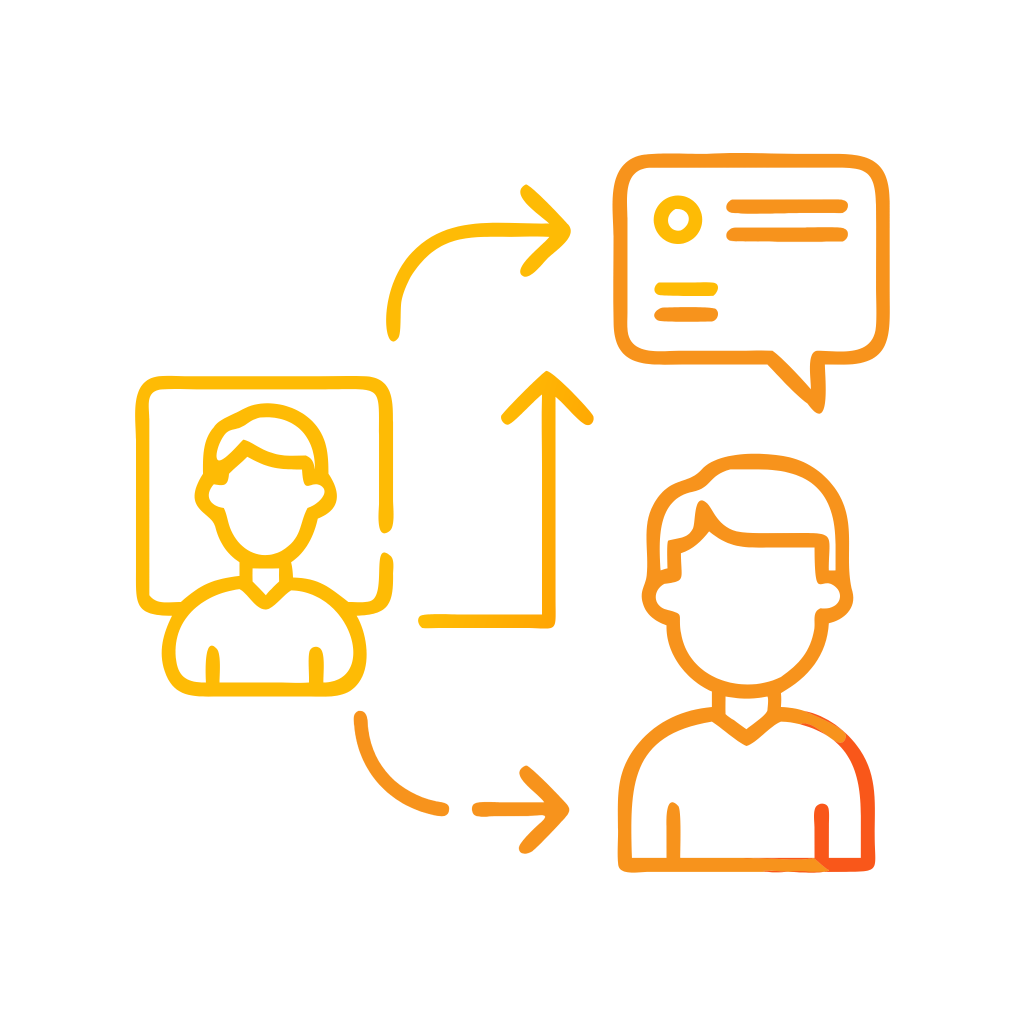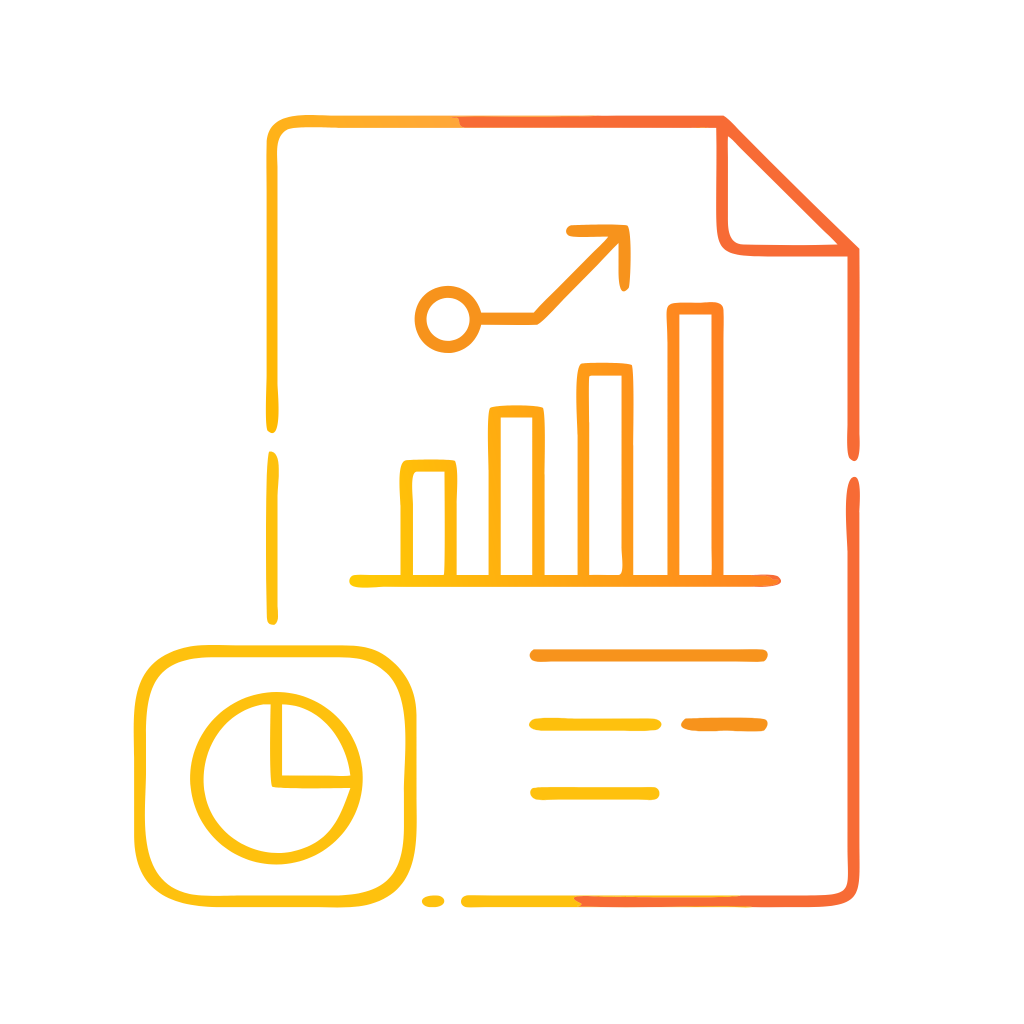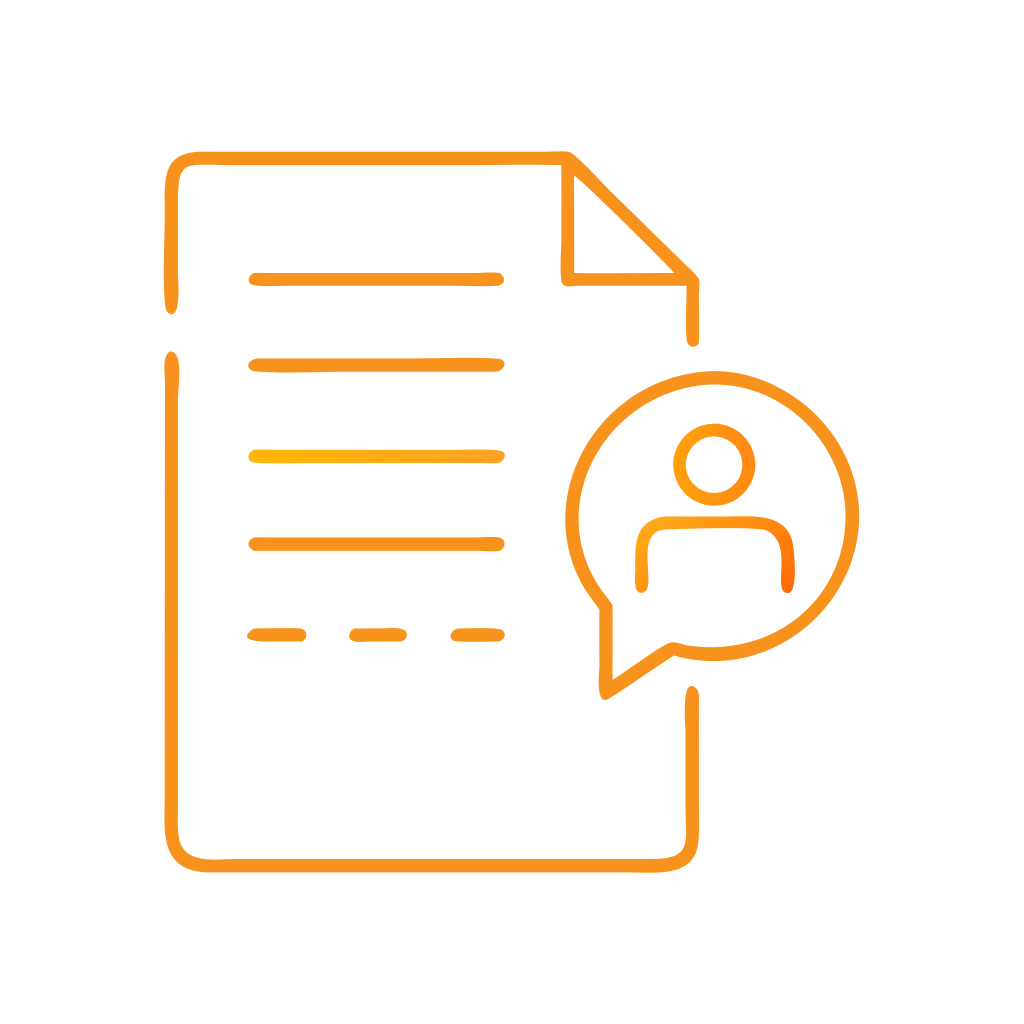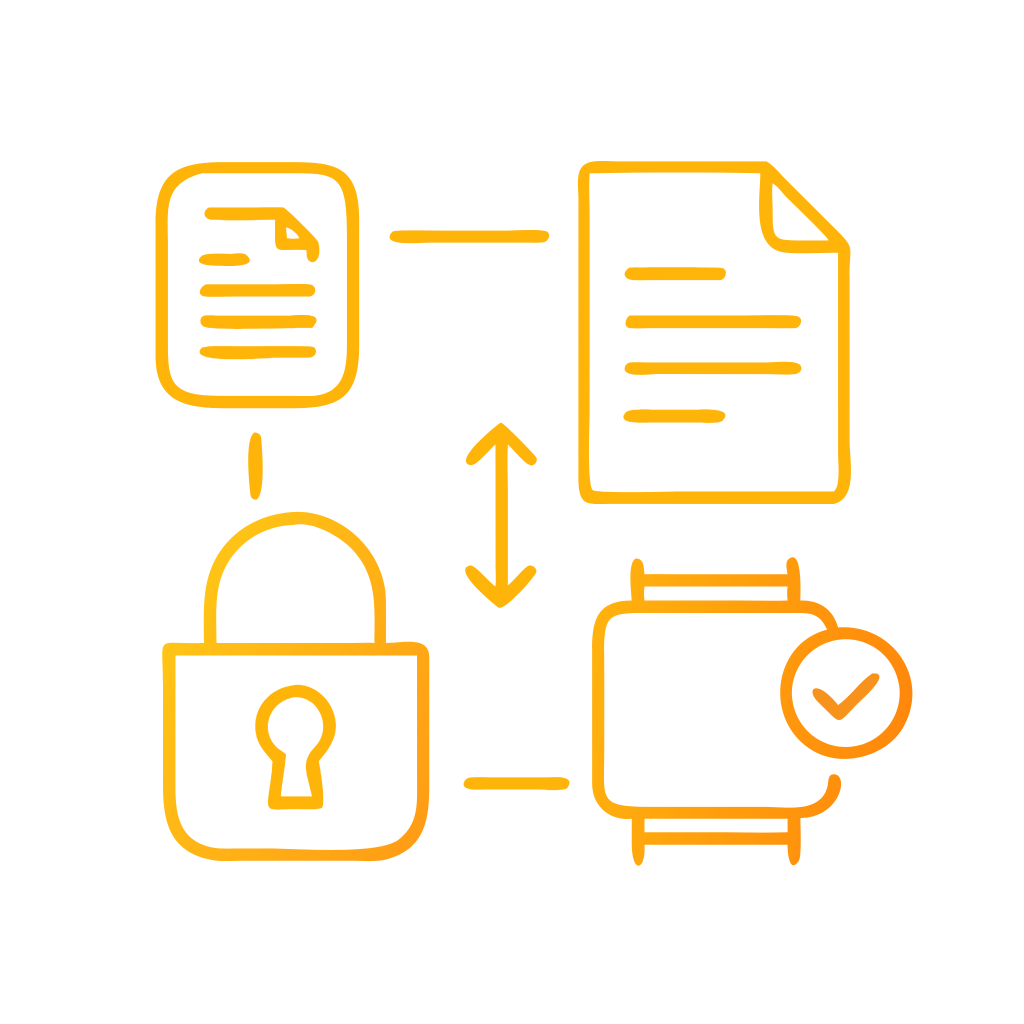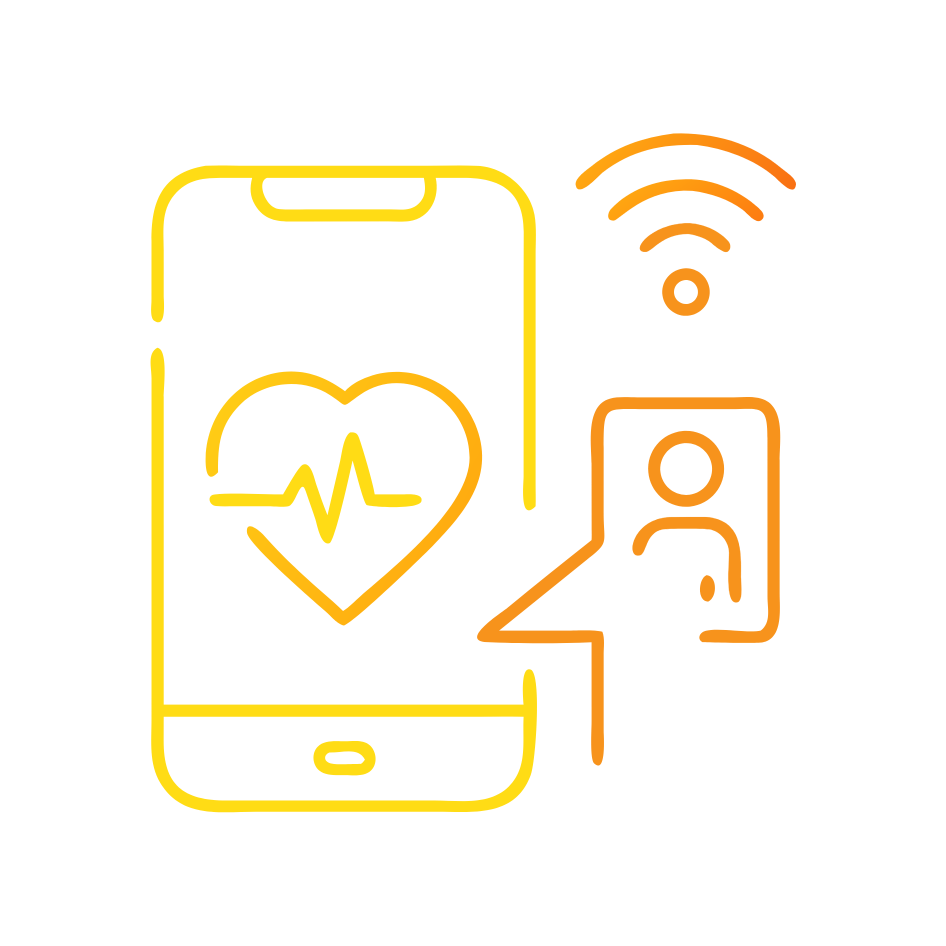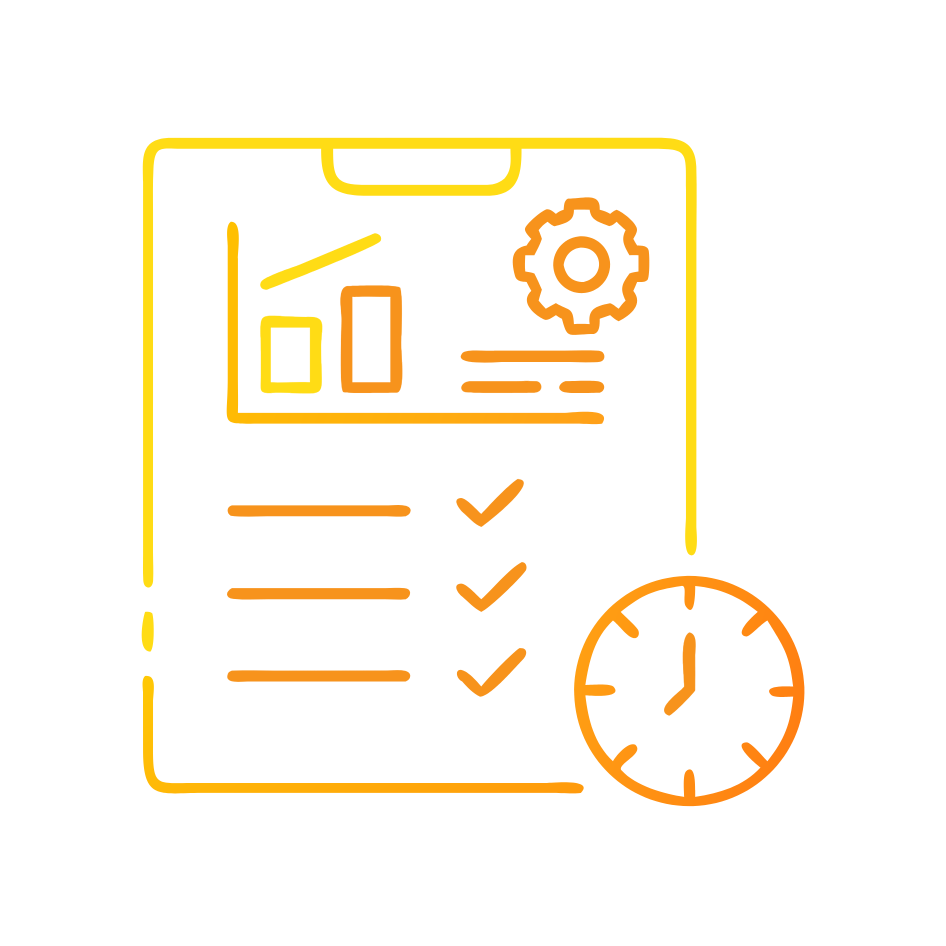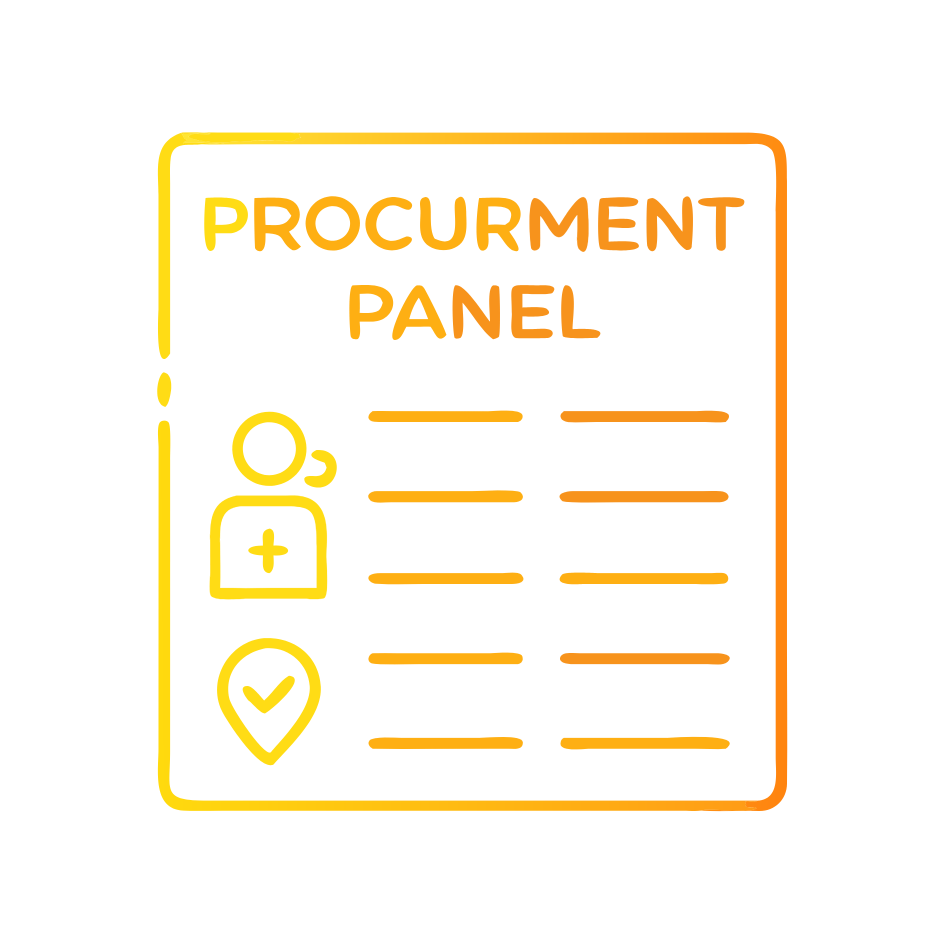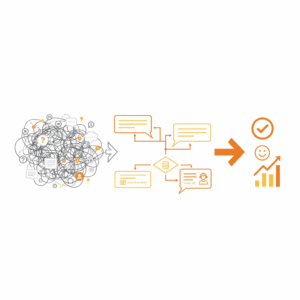Why do conversation flow templates matter now?
Leaders demand service that is fast, personal, and reliable across every channel. Conversation flow templates give contact centers a reusable blueprint for how chat and voice interactions should start, gather context, resolve, and hand off without friction. Well-structured flows reduce handling time, raise first contact resolution, and protect brand tone, because they standardize what good sounds like while still allowing personalization at runtime. Conversation design guidance shows that users bring human conversation expectations into every interaction, so templates must follow clear cooperative principles to feel natural.¹
What is a conversation flow template?
A conversation flow template is a canonical interaction map that defines intents, slots, guardrails, and transitions for a specific service scenario. This unit captures greeting, authentication, discovery, decision logic, tool invocation, exception handling, and closure steps for one problem archetype such as billing inquiry, password reset, or order modification. An effective template pairs dialogue turns with business rules and data actions, often through tool calling or function calling that allows the assistant to take safe, auditable actions. Clear schemas for tools help models call the right function and return structured results.²
Where does a template fit in your service architecture?
Enterprises deploy templates inside an orchestration layer that routes across channels, systems of record, and human queues. Customer journey orchestration connects these flow assets to real-time signals so the assistant selects the right template, adapts prompts, and personalizes paths based on behavior, profile, and context. Journey orchestration improves continuity by recognizing state and progressing customers instead of restarting them, which is essential when a chat escalates to voice or a call returns to chat.³
How do templates improve chat and voice quality?
Templates improve quality by turning best practice into muscle memory. Teams codify how the assistant should greet, clarify, and confirm, then enforce consistency with slot prompts, error recoveries, and post-resolution recaps. Voice adds timing and interruptions, so templates also specify turn-taking rules, barge-in handling, and silence thresholds that keep the dialog flowing without collisions. Research on turn-taking shows that realistic systems manage timing cues and overlap to feel human and reduce latency, which is critical for customer patience.⁴
What is the minimum viable shape of a good template?
Designers start with a minimal but complete flow shape. This structure typically includes a branded greeting that sets expectations, a single-step authentication or eligibility check, a discovery section that confirms intent and captures key slots, a decision router that selects actions, a tool call to fetch or change data, an explain-back step that confirms what happened, and a graceful close that offers one relevant next step. Google’s conversation design patterns recommend concise, cooperative turns that ask for only what is necessary and explain what will happen next.¹
How do you align templates with industry standards and governance?
Service leaders integrate templates with formal quality frameworks so compliance is baked in. ISO 18295 provides requirements for customer contact centers that translate well into conversational guardrails, including timeliness, information accuracy, and complaint handling expectations. These requirements can be encoded into templates as checks, SLAs, and scripted escalations so that every interaction can be audited against a known standard.⁵
Which automation capabilities amplify template value?
Modern assistants use tool calling to perform high-value tasks like identity checks, entitlements, refunds, and address updates. Function calling connects the model to your APIs with JSON schemas that constrain inputs and outputs. This constraint reduces hallucination risk, speeds resolution, and lets flows remain deterministic around sensitive steps. Clear function definitions and explicit error returns make recovery paths predictable, which keeps voice and chat behavior stable as complexity grows.²
How do you measure the impact and tune the flows?
Teams measure performance at three levels. Designers track conversation metrics such as goal completion, clarification rate, silence duration, and repair turns. Operations teams track service metrics such as containment, average handle time, transfer rate, and customer satisfaction. Business owners track outcomes like cost-to-serve, save rates, sales conversion, and churn reduction. Market data shows that leaders are shifting investment toward self-service and live chat, with adoption set to surpass traditional channels, which makes these template-level controls material for budget and planning.⁶
What evidence shows templates deliver outcomes at scale?
Enterprises applying generative AI in customer care report gains across routing accuracy and speed to resolution. External reporting describes how large-scale providers use models to predict contact reasons, match callers to the best agent, and shorten in-store time by focusing each journey on the next best action. These improvements emerge when flows guide how data is captured and how decisions are made, which is precisely the value of robust templates.⁷ McKinsey analysis further highlights contact center transformations that combine gen AI with cohesive support strategies to improve service and cost simultaneously, which aligns with the role of standardized flows.⁸ Analyst forecasts also suggest that agentic AI will automate a growing share of common service issues by the end of the decade, which raises the stakes for template quality and governance today.³ ⁹
How should leaders design templates that scale across channels?
Leaders design once and adapt many times. The team defines a single canonical template per scenario, then renders channel-specific variants that respect chat brevity and voice timing. Voice variants include barge-in logic, reading speed limits, and confirmation techniques that avoid verbose repeats. Chat variants protect scannability with tight prompts and structured cards. Google’s voice UX principles call for natural language, turn economy, and clear progress indicators so users never wonder what to say next or what the system is doing.¹⁰
What is the right governance model for continuous improvement?
A cross-functional council governs templates with product, operations, compliance, and engineering at the table. This structure reviews conversation analytics, approves changes, and curates a library with versioning and test coverage. Forrester commentary warns that consumers still express skepticism toward chatbots, which reinforces the need for strong governance, human fallback, and transparent status updates inside every flow.¹¹ A shared backlog of high-friction turns prevents drift and enables targeted experiments that improve containment without harming satisfaction.
How do you operationalize a template library in your stack?
Platform teams package templates as modular artifacts with IDs, metadata, and dependency rules. The orchestration layer selects a template based on intent, context, and eligibility, then passes state to the NLU or LLM that renders the next turn. Tool calling executes side effects, and guardrails monitor policy, PII, and rate limits. Documentation lives beside code, and each template ships with test dialogs and edge cases. Academic surveys show that turn-taking remains an evolving area with limited benchmarking, so teams should invest in live testing to ground decisions in actual customer behavior.⁴
Which templates deserve priority in a transformation roadmap?
Leaders begin where volume and value intersect. Password resets, billing questions, order status, appointment changes, and simple claims produce high containment and immediate savings when designed with clean tool calls and straightforward recovery paths. Analyst predictions indicate rapid gains in automated resolution for common issues over the coming years, so these scenarios offer fast impact and strategic learning for harder flows later.⁹
How do you launch with confidence in a regulated environment?
Regulated industries translate policy into designed turns. Templates embed disclosures, capture affirmative consent, and log evidence for each sensitive action. ISO-aligned requirements specify response times, accuracy expectations, and complaint routes that are testable in staging and measurable in production. A release checklist ensures red-team testing, escalation rehearsals, and update plans. This discipline keeps audits simple and customer trust high, even as automation expands.⁵
What are the essential components of a best-practice template?
Strong templates share a recognizable spine. Teams standardize a conversational opening that sets purpose and timing, a questions-first discovery turn that confirms intent, a minimal set of slots that capture only what is needed, a decision step that chooses the path, a tool call with explicit success and failure messages, a teach-back confirmation that paraphrases the outcome, and a closure that offers a useful next step. Google’s patterns emphasize concise prompts and transparent handoffs, which fit this structure well.¹ OpenAI’s function calling approach provides a reliable bridge from natural language to safe actions, which makes the same spine executable in production systems.²
How do you future-proof templates for agentic workflows?
Agentic AI will plan and execute multi-step tasks with less human supervision, so templates should define goals and constraints rather than rigid scripts. The assistant can choose substeps inside those constraints, invoke tools in sequence, and negotiate confirmations where risk is high. Analyst guidance points to a future where the majority of common issues resolve autonomously, which means the quality of your goal definitions, safety checks, and escalation paths will determine performance, not just the model.⁹
What is the playbook to start building your library this quarter?
Leaders can move now with a focused playbook. Teams select five scenarios with high volume and low regulatory complexity, then produce channel variants for chat and voice. Designers run closed-loop tests, operators codify handoffs and callback rules, engineers connect function calls, and governance sets acceptance thresholds for containment and satisfaction. Market trends show momentum toward self-serve and live chat, so the organization benefits immediately from reusable flows that scale across channels.⁶
FAQ
What is a conversation flow template in customer service?
A conversation flow template is a reusable map of dialogue turns, business rules, and tool calls for a specific scenario such as billing or password reset. It defines greeting, authentication, discovery, decision logic, action, recovery, and closure so chat and voice experiences stay consistent and effective.¹ ²
How do templates improve voice user experience compared with chat?
Voice templates add turn-taking rules, interruption handling, and silence thresholds to keep speech interactions natural and efficient, while chat templates focus on brevity and scannability. Research highlights timing and overlap management as key to human-like spoken dialog.⁴
Which standards guide quality in conversational service?
ISO 18295 outlines requirements for contact centers that translate into template guardrails for timeliness, accuracy, complaint handling, and auditability. Governance can encode these requirements into flows and monitor compliance in production.⁵
Why is journey orchestration relevant to templates?
Customer journey orchestration routes to the right template, adapts paths based on behavior and context, and maintains state across channels so experiences feel continuous when customers move between chat, voice, and stores.³
Which evidence supports investing in templates now?
Industry reporting shows enterprises using generative AI to predict contact reasons, route more accurately, and reduce time to resolution, with public examples in telecom. Analysts forecast rising autonomous resolution rates for common issues, which strengthens the case for standardized flows.⁷ ⁹
How should leaders implement tool calling safely inside templates?
Leaders define clear JSON schemas for each function, constrain inputs and outputs, and handle explicit errors. This approach reduces hallucinations and makes flows deterministic around sensitive actions like refunds or identity checks.²
Which channels will benefit most from near-term template deployment?
Self-service and live chat show strong adoption momentum, so leaders often start with high-volume scenarios that can be safely automated and then expand to complex, regulated flows once governance is proven.⁶
Sources
Conversation Design Guidelines — Google Developers — 2022 — Web documentation. (Google for Developers)
Function Calling — OpenAI — 2025 — Product documentation. (OpenAI Platform)
What is customer journey orchestration? — Adobe Experience Cloud Team — 2025 — Adobe Blog. (Adobe for Business)
A Survey of Recent Advances on Turn-taking Modeling in Spoken Dialogue Systems — Galo Castillo-López, Gael de Chalendar, Nasredine Semmar — 2025 — IWSDS Proceedings, ACL Anthology. (ACL Anthology)
ISO 18295-1:2017 — Customer contact centres — Part 1: Requirements for customer contact centres — International Organization for Standardization — 2017 — Standard overview. (ISO)
Gartner Survey Finds Self-Service and Live Chat Will Surpass Traditional Channels as Top Customer Service Technologies by 2027 — Gartner — 2025 — Press release. (Gartner)
Verizon uses GenAI to improve customer loyalty — Reuters — 2024 — News report. (Reuters)
The evolution of customer care: AI and the Gen Z effect — McKinsey — 2024 — Article and podcast. (McKinsey & Company)
Gartner Predicts Agentic AI Will Autonomously Resolve 80% of Common Customer Service Issues Without Human Intervention by 2029 — Gartner — 2025 — Press release. (Gartner)
